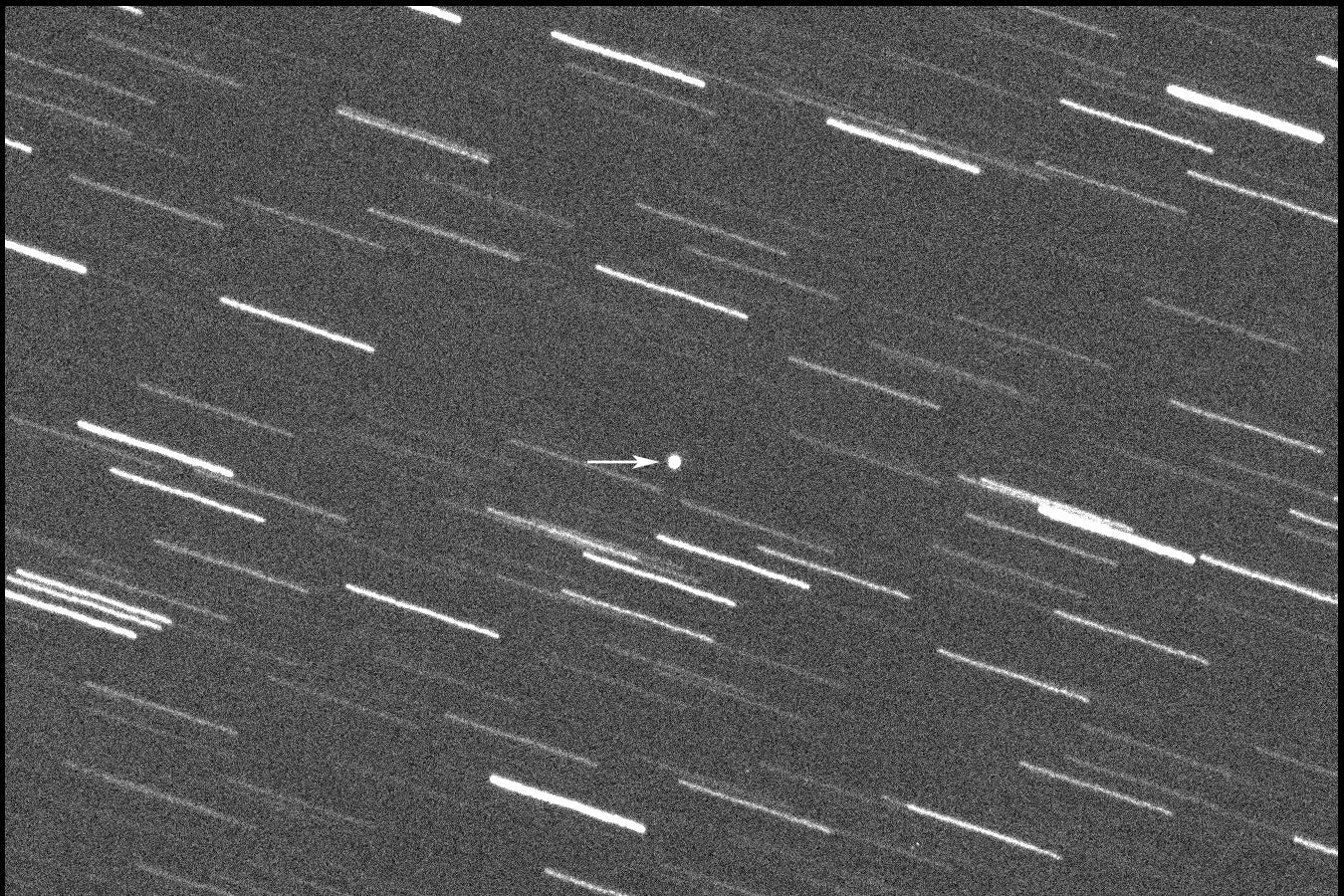Skyscraper-size asteroid will buzz Earth on Friday, safely passing within 1.7 million miles
Astronomers say an asteroid as big as a skyscraper will pass within 1.7 million miles of Earth on Friday

Your support helps us to tell the story
From reproductive rights to climate change to Big Tech, The Independent is on the ground when the story is developing. Whether it's investigating the financials of Elon Musk's pro-Trump PAC or producing our latest documentary, 'The A Word', which shines a light on the American women fighting for reproductive rights, we know how important it is to parse out the facts from the messaging.
At such a critical moment in US history, we need reporters on the ground. Your donation allows us to keep sending journalists to speak to both sides of the story.
The Independent is trusted by Americans across the entire political spectrum. And unlike many other quality news outlets, we choose not to lock Americans out of our reporting and analysis with paywalls. We believe quality journalism should be available to everyone, paid for by those who can afford it.
Your support makes all the difference.An asteroid as big as a skyscraper will pass within 1.7 million miles of Earth on Friday.
Don’t worry: There’s no chance of it hitting us since it will pass seven times the distance from Earth to the moon.
NASA’s Center for Near Earth Object Studies estimates the space rock is between 690 feet and 1,575 feet (210 meters and 480 meters) across. That means the asteroid could be similar in size to New York City’s Empire State Building or Chicago’s Willis Tower.
Discovered in 2008, the asteroid is designated as 2008 OS7. It won’t be back our way again until 2032, but it will be a much more distant encounter, staying 45 million miles (72 million kilometers) away.
The harmless flyby is one of several encounters this week. Three much smaller asteroids also will harmlessly buzz Earth on Friday, no more than tens of yards (meters) across, with another two on Saturday. On Sunday, an asteroid roughly half the size of 2008 0S7 will swing by, staying 4.5 million miles (7.3 million kilometers) away.
___
The Associated Press Health and Science Department receives support from the Howard Hughes Medical Institute’s Science and Educational Media Group. The AP is solely responsible for all content.